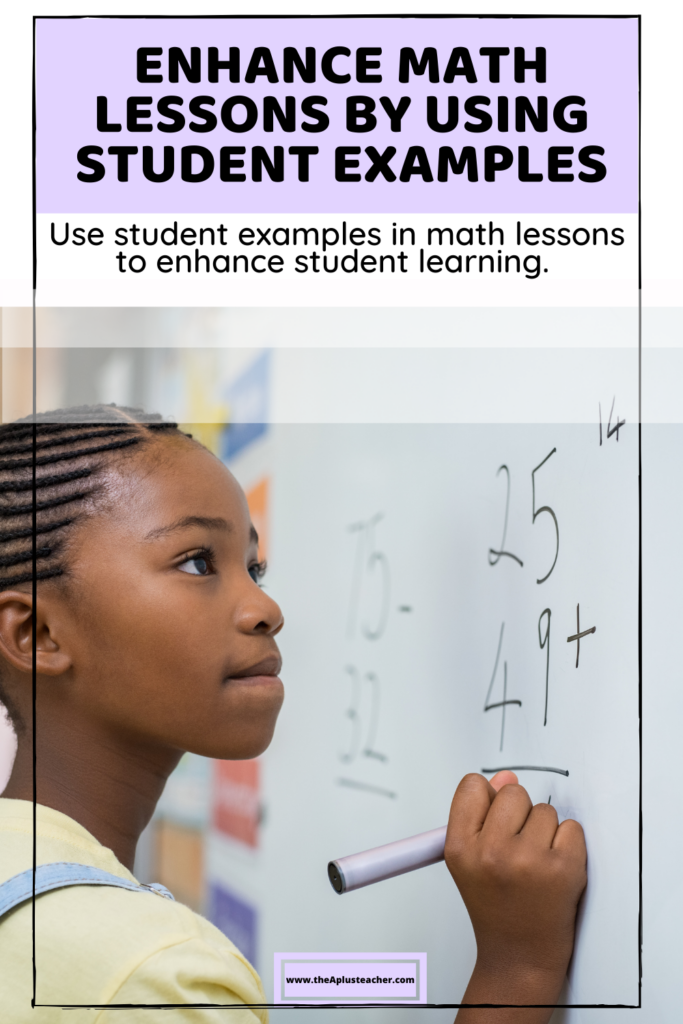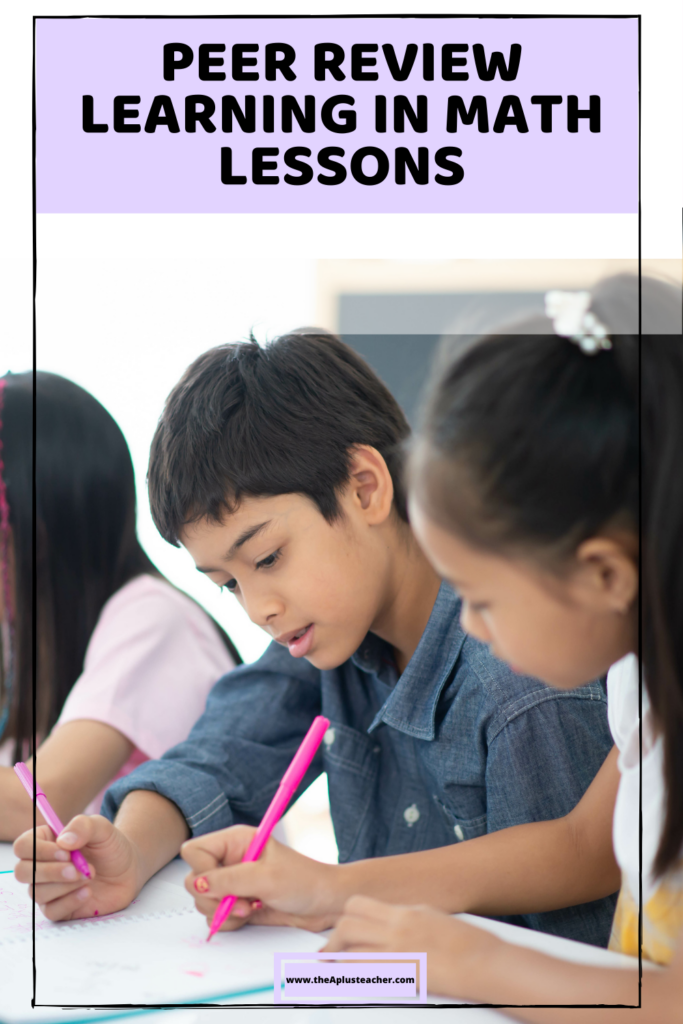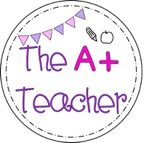Enhance Math Lessons by Using Student Examples
Student examples and peer review learning opportunities can increase student engagement and keep the math learning experience fun.

Did you know that using student examples in the classroom can influence student learning outcomes?
It’s true!
As a result of using student examples, students are able to learn from the experiences of their peers.
Providing students with the opportunity to participate in peer feedback and peer review experiences has a positive influence on student learning outcomes (Sackstein, 2017). I learned about using peer review in a book I read when I wrote my master’s thesis. You can check out the book, Peer Feedback in the Classroom: Empowering Students to Be the Experts, by Sackstein to learn more about the importance of incorporating peer review learning opportunities (#ad).
Peer Review and Student Examples
Teachers can enhance student learning of math by providing students with peer review learning opportunities. Students can learn from peers by hearing and seeing a friend explain and model a math concept.
Teachers can have student volunteers model a math concept for the class and explain their thinking and reasoning. Students can also model math concepts to the entire class, in pairs, or small groups. In addition, students can model a math concept for their peers with interactive technology in a breakout room, with whiteboards, chart paper, manipulatives, and more!

Using student examples also provides students with the opportunity to take on a leadership role in the classroom. Students can participate in math peer review experiences during the entire lesson or at the end of the lesson to review their work together.
During peer review learning experiences, all students benefit and enhance their learning. Overall, students enjoy learning and interacting with their peers.
Therefore, during peer review math learning experiences students enhance their learning experience.
Are you interested in reading more blog posts about making math fun and engaging? Then go ahead and click here to read more math blog posts about making math fun and engaging!
Note: Some links on this page may contain #affilitatelinks and are indicated with #ad.
